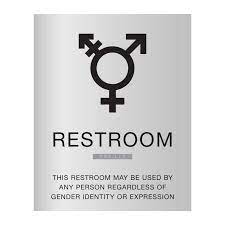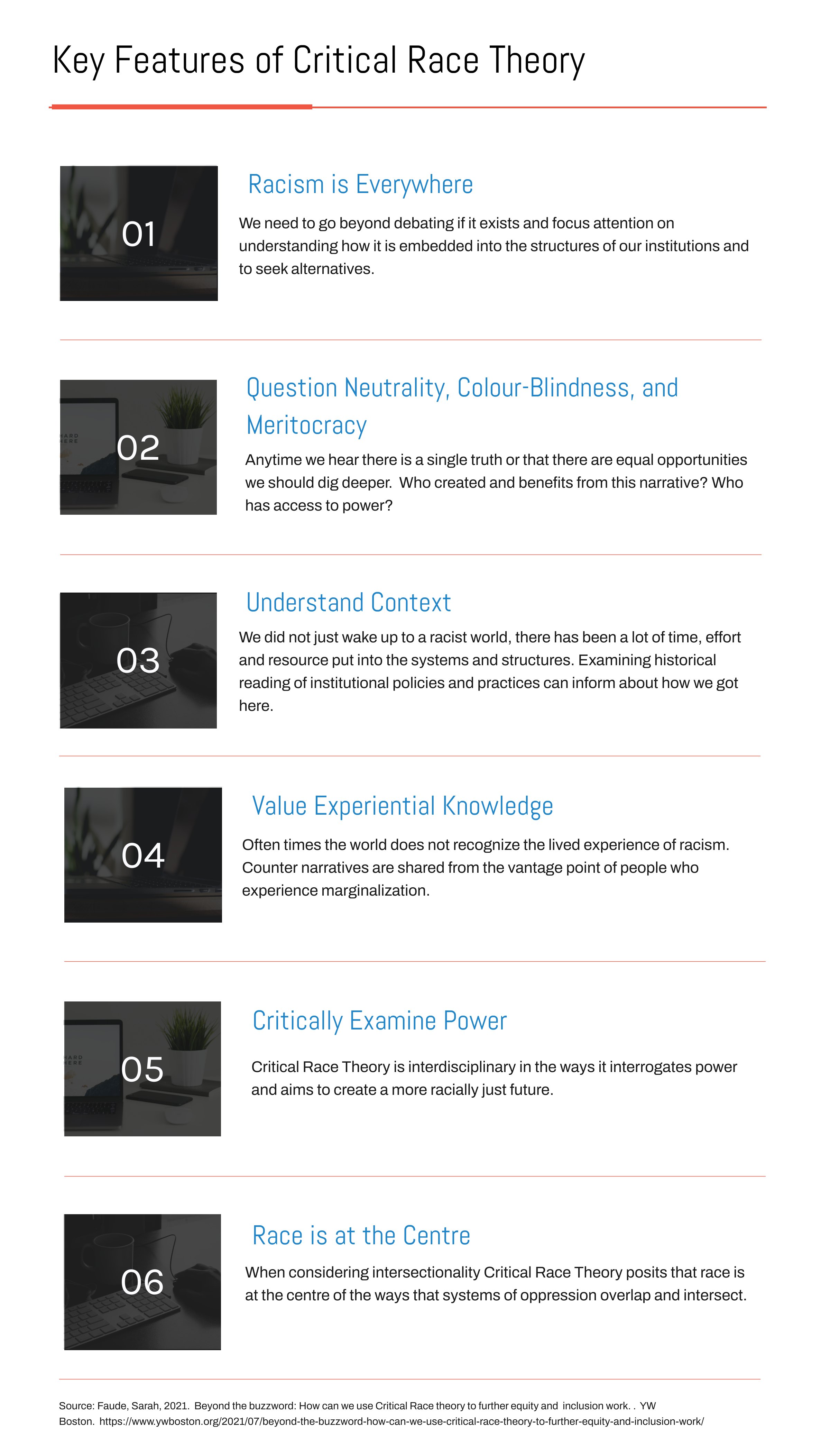Issues of Inclusion: Decolonization, Gender Diversity, Anti-Racism, and Accessibility
Please note, each of these topics are fields unto themselves. These issues intersect and overlap while having distinct issues, there is a lot of complexity and nuance to these topics. Any one of these could, and should be a course to understand with more depth. This brief overview is meant to highlight some concerns that your WIL program might want to seek expertise in understanding more thoroughly. Also, there are many JEDI issues that are not featured such as socioeconomic status, faith and religious diversity, 2SLGBTQIA+ communities and linguistic diversity.
Decolonial Efforts in WIL
Decolonization puts effort, time, and resources to undo the lasting legacies of inequities and racism and the unequal power relations created by colonization. In many ways, decolonization begins with recognizing and challenging the consequences of imperial history. Decolonization involves challenging the ways that businesses profit from and operate on Euro-centric values. Decolonization asks us to disrupt 'business as usual' and involves examining relationships to the lands on which we work, and our relationships to Indigenous Peoples and their practices. This can result in placing WIL Practitioners in an interesting position as they navigate supporting the many and diverse employers and host organizations that may not appreciate disruptions to their 'business as usual.'
As the majority of British Columbia is on unceded, or unsurrendered land, it is really important that each of us work towards decolonizing our practices and policies in WIL. As a WIL Practitioner you will want to be familiar with the Truth and Reconciliation Commission (TRC) of Canada's 94 Calls to Action, the United Nations Declaration of the Rights of Indigenous Peoples (UNDRIP), and the British Columbia government's adoption of UNDRIP - referred to DRIPA.
There is a lot of work to do with respect to decolonization and working towards reconciliation. Being familiar with the ways that racism functions and then committing to being anti-racist is a good step. If you are considering taking a more serious look at decolonizing your WIL program, you may first want to connect with your Indigenous colleagues on campus and work together in these efforts.
Gender Diversity
Gender discrimination remains one of the most prevalent aspects of discrimination that exists in the labour market. For example, according to Statistics Canada, 34% of Canadians with a STEM degree are women and they make up only 23% of Canadians working in science and technology. In 2018, female employees aged 25 to 54 earned $4.13 (or 13.3%) less per hour, on average, than their male counterparts. In other words, these women earned $0.87 for every dollar earned by men (Stats Canada).
Many job applications still ask for gender or sex, which is extremely problematic for gender diverse people. What does an employer need this information for, especially if they are not asking for the information in inclusive ways? Psychological and physical safety for gender-diverse people is of concern at many work places from being misgendered, being asked to speak on behalf of all gender diverse people, and to not being able use a washroom where it feels safe to be in lived gender.

Critical Race Theory
Critical race theory, originally used as a legal framework in the 1980's, looks at the ways that structural and racial disparities exist. Critical Race Theory (CRT) asks us to look at why there are disparities in outcomes for different people and to examine what practices may be unequal. For example, in your WIL program you might wonder why there are not many Indigenous students. CRT asks that you to take the time and reflect on which policies and practices you might change to make your program more welcoming to all students.
Read the infographic below to get a sense of this theory. As you read, consider how you might apply this theory to your practice in supporting the WIL student journey.

Key Features of Critical Race Theory transcript.docx
For a better understanding of CRT watch Gloria Ladson-Billings. There has been a lot of confusion in the media about CRT in 2020-2021. This short video helps to clarify why CRT is an important frame work in anti-racist efforts.
Accessibility
There can be multiple barriers for students with disabilities when navigating WIL programs and employment opportunities. There are accessibility focused projects on the ACE-WIL hub which address how you might expand your programs to be more inclusive of students with disabilities. Some of the issues include:
- difficult disclosure processes with uncertainty on how to manage with both WIL staff and employers
- facing stigma and stereotypes
- need for flexibility and part time opportunities
- physical barriers / in accessible workspaces
- lack of clarity with policies on whose responsibilities accommodation might rest (post-secondary institutions or employers)

Reflective Prompts
 |
Think about a few examples from your WIL program to assess for justice, equity, decolonization, and inclusion. How are marginalized students addressed in your materials? Is it enough? Who else might you need to chat with? What is one change you might be able act on or become a champion for change? If you could change on things about your style in working with diverse students, what would it be? |